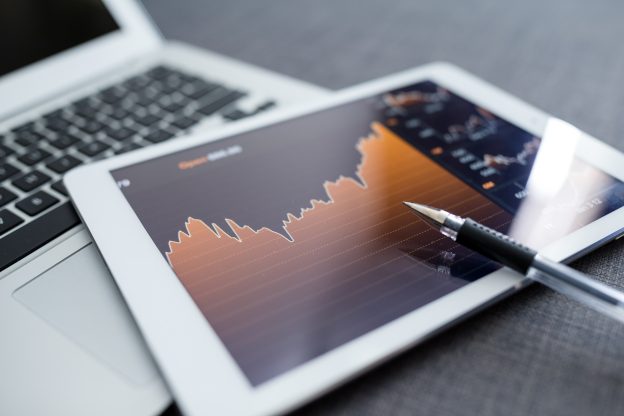AUO announced today (3/21) that it has officially become a member of RE100, a global renewable energy initiative, and pledged to achieve an absolute carbon reduction of 25% by 2025, zero carbon emissions in all offices by 2030, and work towards the goal of net zero by 2050.
Chairman Paul Peng stated: “2022 is an important milestone for AUO in its fight against climate change. Not only has it joined RE100 and set a target of renewable energy use, as one of the companies that founded the ‘Taiwan Climate Partnership,’ AUO has also extended carbon management to supply chain partners. Based on manufacturing capabilities, we lead the value chain from the inside out to achieve green production commitments, implement risk control and management, strengthen continuous operation management, and move towards sustainable enterprise development. "
AUO will use a cross-unit platform operation model to systematically deploy digital applications, develop low-carbon technologies through working groups, and continuously explore green business opportunities to strengthen the role of display technology in the global low-carbon transition. In addition, the ESG and Climate Committee has also formulated a systematic blueprint and a net-zero path for the three major categories of greenhouse gas emissions from internal and external operations to drive low-carbon transformation in a comprehensive way.
In terms of the organization's direct emissions, AUO uses its own core capabilities of smart manufacturing, combined with technologies such as the Internet of Things and big data analysis, and uses predictive management to implement sophisticated carbon emission reduction technologies to all nodes of production equipment and factory affairs. In the future, AUO will also look for more diversified low-carbon solutions in fluorine-based gases, fuels and raw materials, and actively move towards the development of low-energy-consumption technologies and processes.
AUO adopts two strategies of improving energy efficiency and expanding the use of renewable energy in the electricity consumption control of indirect emissions. In addition to saving 1.5% of electricity every year in processes designed to gradually reduce carbon emissions from electricity consumption, AUO will also increase the proportion of renewable energy, including solar and wind power, in stages, reaching 30% in 2030, and 100% renewable energy in 2050 as medium and long-range goals.
At the same time, AUO is also building the largest rooftop solar power plant in Taiwan on its own plant campus. In the future, AUO will continue to increase the use of solar energy year by year through self-built power plants and green power transfer models.
AUO stated that in the face of the challenges of climate change, it will “mitigate” and “adapt” to changes. Through the “Climate-related Financial Disclosure” (TCFD) framework, AUO will gain insight into risks and opportunities, and formulate countermeasures to improve organizational operational resilience, with the hope of exerting industry influence. Together with partners in the ecosystem, AUO will move towards a low-carbon transformation and a sustainable vision of net zero emissions.
(Image: AUO)







